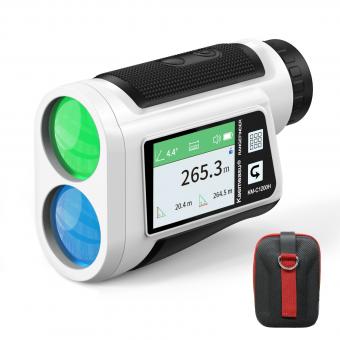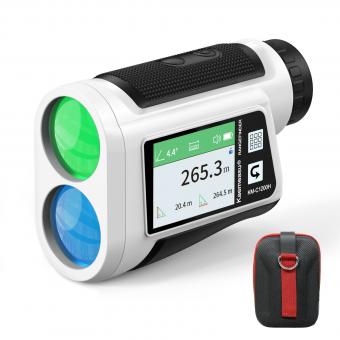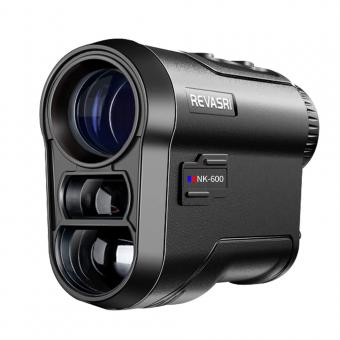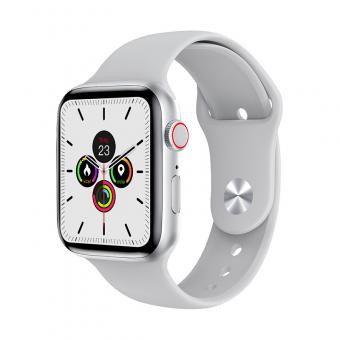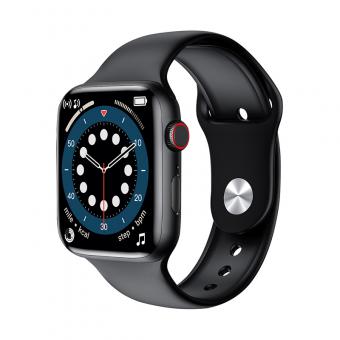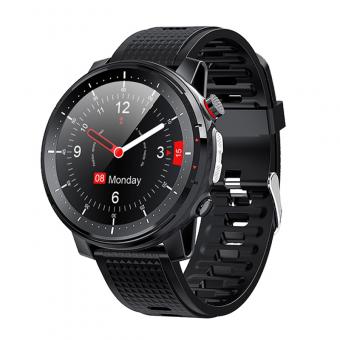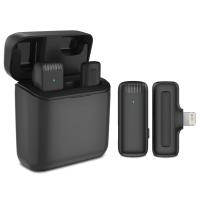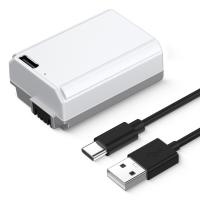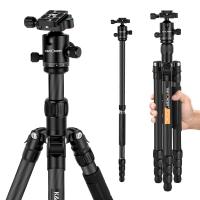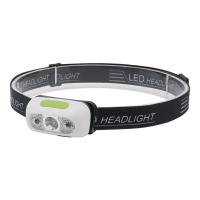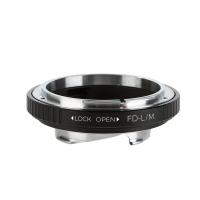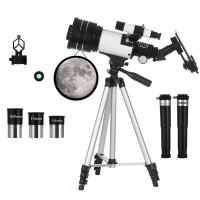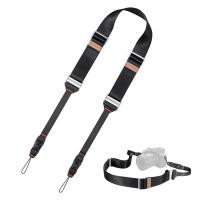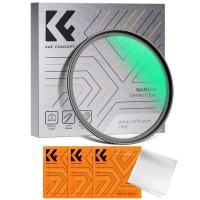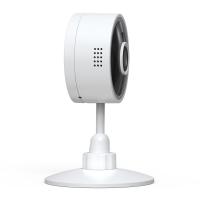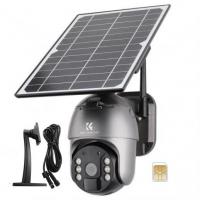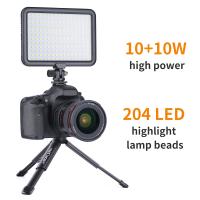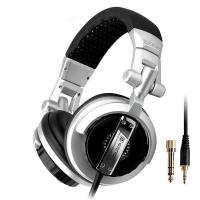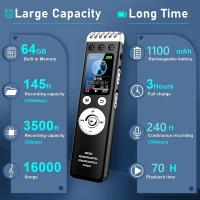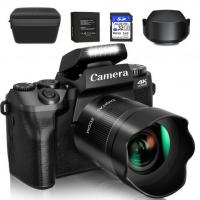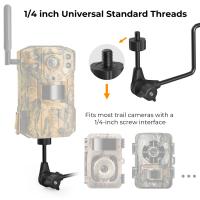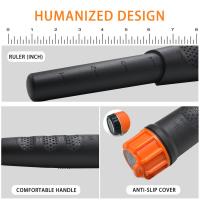What Smart Watches Measure Blood Pressure?
In recent years, the integration of health monitoring features into wearable technology has gained significant traction. Among these features, the ability to measure blood pressure is becoming a highly sought-after attribute in smart watches. This evolving demand reflects a growing consumer interest in maintaining a holistic view of personal health through accessible technology. In this article, we will delve into the various aspects related to smart watches and their capability to measure blood pressure, discuss the key players in the market offering this feature, and examine the associated benefits and limitations.

Understanding Blood Pressure Monitoring in Smart Watches
Blood pressure is a critical indicator of cardiovascular health, typically measured using traditional sphygmomanometers in clinical settings. However, the advent of smart watches that can measure blood pressure is redefining how users can monitor their health, offering convenience and real-time insights.
How Do Smart Watches Measure Blood Pressure?
Most smart watches that measure blood pressure utilize optical sensors based on Photoplethysmography (PPG) technology combined with advanced algorithms. The PPG sensors emit light into the skin and measure the variations in light absorption caused by blood volume changes in the microvascular bed of tissue. Some more advanced models also incorporate Electrocardiogram (ECG) sensors to increase accuracy.
The technology must be validated against traditional clinical methods to ensure that it provides reliable data. This usually involves calibration with a cuff-based blood pressure monitor, requiring regular recalibrations to maintain accuracy.
Leading Smart Watches with Blood Pressure Monitoring
Several brands have ventured into incorporating blood pressure monitoring in their smart watches. Here are some of the notable models:
1. Samsung Galaxy Watch Series:
- The Samsung Galaxy Watch 3 and Galaxy Watch 4 are among the leading smart watches offering blood pressure monitoring. These watches use both PPG and ECG sensors, requiring initial calibration with a cuff-based device for accuracy.
2. Omron HeartGuide:
- A pioneer in the field, Omron's HeartGuide is officially certified as a medical device. It uses an inflatable cuff within the watchband for more traditional blood pressure measurement, providing clinical-grade accuracy.
3. Fitbit Sense:
- Though primarily known for its fitness tracking capabilities, the Fitbit Sense delivers promising features with its ECG functionality. While not all models support blood pressure monitoring directly, Fitbit is working on incorporating this feature into its future devices.
4. Amazfit GTR 3 Pro:
- Huami's Amazfit series offers a promising alternative with the GTR 3 Pro, which includes blood pressure monitoring through PPG sensors and advanced algorithms to provide accurate readings.
Importance and Benefits of Blood Pressure Monitoring
The inclusion of blood pressure monitoring in smart watches offers several benefits:
1. Convenience and Continuous Monitoring:
- Unlike traditional monitors, smart watches ensure that users can measure their blood pressure anytime and anywhere, encouraging regular monitoring.
2. Early Detection of Hypertension:
- Regular monitoring can help in the early detection and management of hypertension, potentially preventing more severe cardiovascular conditions.
3. Data Integration and Health Insights:
- Smart watches often integrate with health apps, providing comprehensive health data and trends over time. This information can be invaluable for both individuals and healthcare providers for making informed decisions.
4. Increased Health Awareness:
- Users equipped with knowledge about their blood pressure can take proactive steps to maintain or improve their health, such as making dietary changes, increasing physical activity, or managing stress better.
Limitations and Considerations
While the prospects are promising, some limitations must be considered:
1. Accuracy and Reliability:
- The primary concern is the accuracy of the readings compared to traditional methods. Variability in sensor performance, differences in wrist positioning, and the need for regular calibration are challenges to consider.
2. Regulatory Approval:
- Not all smart watches with blood pressure features are medically certified. Devices with official medical certification, like the Omron HeartGuide, are more trustworthy but come at a higher cost.
3. User Compliance:
- The effectiveness of blood pressure monitoring in smart watches heavily depends on user compliance, including how regularly and accurately they use the device and follow calibration protocols.
4. Battery Life:
- Continuous monitoring and the use of multiple sensors can significantly drain battery life, requiring more frequent recharging.
Future Trends and Innovations
The future of blood pressure monitoring in smart watches looks bright, with several trends and innovations on the horizon:
1. Enhanced Sensor Technologies:
- Advances in sensor technologies, including the use of flexible and wearable materials, could improve accuracy and comfort, making continuous monitoring more feasible.
2. Artificial Intelligence and Machine Learning:
- AI and ML algorithms are increasingly being integrated to analyze large sets of health data, providing more accurate readings and personalized health insights.
3. Integration with Healthcare Systems:
- Efforts to integrate wearable data with electronic health records (EHRs) could streamline the process of diagnosis and monitoring, making it easier for healthcare providers to keep track of patient health remotely.
4. Expanded Ecosystems:
- As more devices become interconnected within digital health ecosystems, users will benefit from comprehensive health monitoring that includes not only blood pressure but also other vital signs and lifestyle data.
Smart watches that measure blood pressure are a significant leap forward in the realm of personal health monitoring. They provide a convenient and continuous way to keep track of a crucial health parameter, potentially aiding in the early detection and management of hypertension. However, while these devices offer numerous benefits, their limitations with regard to accuracy, regulatory approval, and user compliance must be addressed. As technology continues to evolve, the integration of advanced sensors, AI, and more robust health ecosystems will likely enhance the reliability and utility of these innovative tools.
In summary, the incorporation of blood pressure monitoring in smart watches is a promising development that represents the future of personalized, accessible, and proactive health management. Users looking to leverage these features should carefully consider the options available, ensuring that their chosen device meets both their health needs and regulatory standards.


